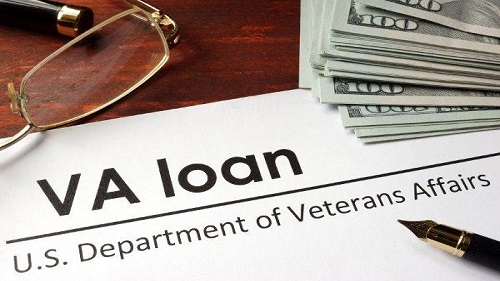
Mortgage Dove
Understanding the Clear to Close Process and Timeline
There is something exhilarating and intricate about the process of buying a home. The "Clear to Close" status is one of the most significant milestones on the path to homeownership. how the process works, and what happens next. The phrase "Clear to Close" signifies that your mortgage underwriter and escrow agent have meticulously reviewed your file and found it satisfactory. It indicates that all necessary conditions have been met, including the property's appraised value justifying the loan, a favorable debt-to-income ratio, and a clear title among other factors. This is the green light for your lender to proceed with funding the loan and initiating the closing process. Preparing for loan clearance is crucial for a smooth homebuying journey. Meticulous planning is key. Follow these comprehensive steps to increase the likelihood of reaching the coveted 'Clear to Close' status: Working through each of these steps diligently is crucial to accelerating the journey from underwriting to the 'Clear to Close' milestone. By preparing your documentation in advance, making informed decisions during the offer stage, and actively engaging with your lender, you enhance your chances of a seamless transition to the final stages of homeownership. After receiving the exciting news that you're 'Clear to Close,' several crucial steps unfold, marking the imminent realization of homeownership. Here's a comprehensive guide on what happens next: Navigating this post-'Clear to Close' stage requires attention to detail, adherence to timelines, and cooperation with various parties involved. This comprehensive approach ensures a successful closing, marking the beginning of your homeownership journey. While 'Clear to Close' is a positive sign, it does not guarantee absolute certainty. Certain actions, such as applying for new credit, changing jobs, or making significant financial moves, could lead to a denial. The period between 'Clear to Close' and closing day is crucial, and any drastic changes to your financial situation may raise red flags for the lender. It's imperative to maintain stability and avoid making any moves that could jeopardize the approval granted during the 'Clear to Close' stage. The timeline from being 'Clear to Close' to the actual closing day can vary based on several factors. The accuracy of the Closing Disclosure, state-specific laws regarding real estate document signings, and potential delays from third-party or first-party factors all play a role. While some transactions can close within a week, others may take longer, especially if there are revisions to the initial closing disclosure or if the state mandates a waiting period between disclosure and signing. Let's answer some of the most frequently asked questions about clear to close. "Clear to Close" refers to the point in the mortgage loan process where everything is ready for the closing process to begin. Closing, on the other hand, is the actual process of finalizing the mortgage loan. Once you have been cleared, you will need to sign your closing disclosure, conduct a final walkthrough, and attend the closing itself. Scheduling your closing at the end of the month can result in lower mortgage interest for that month, translating to potential savings in closing costs. However, individual financial situations may influence the ideal closing date. A mortgage commitment letter assures that a lender will loan money to you but doesn't guarantee 'Clear to Close.' 'Clear to Close' indicates completion of underwriting conditions and readiness for the closing process. Underwriting conditions typically include verifying income and assets, examining the purchase agreement, ensuring no additional debt, explaining unusual financial circumstances, and documenting gifted funds. While rare, denials after receiving the Closing Disclosure can occur due to drastic changes in financial situations, such as changing jobs or taking on additional debt. Stability during this period is crucial to avoid potential issues. Navigating the ' Clear to Close' the process requires diligence, communication, and adherence to underwriting guidelines. Mortgage Dove understands the intricacies of this journey and is committed to assisting you at every step. By comprehending the significance of ' Clear to Close' and being aware of the subsequent stages, you can confidently move towards homeownership, ensuring a smooth and successful closing process.What Does ‘Clear To Close’ Mean?
How To Get Your Loan Cleared To Close
What Happens After You’re Clear to Close?
Can you get denied after you’re cleared to close?
How Long Does It Take To Close After You’ve Been Cleared?
Clear To Close FAQs
Bottom Line
"Mortgage Dove makes home financing convenient for every American. You can count on us to provide a home buying experience tailored to your personal needs and financial situation. We strive to give you the peace of mind that your home financing goals can be achieved.”

Mortgage®
www.mortgagedove.com



-and-how-does-it-work.png)